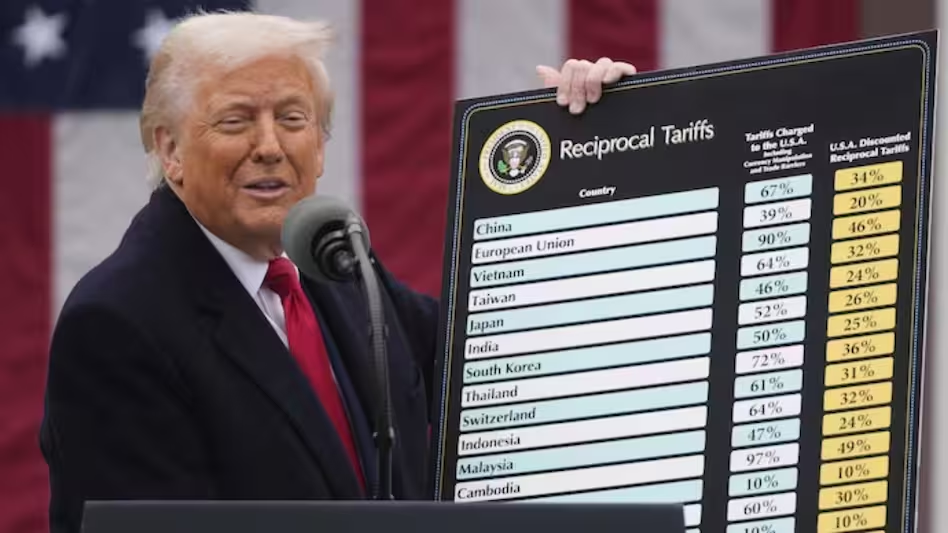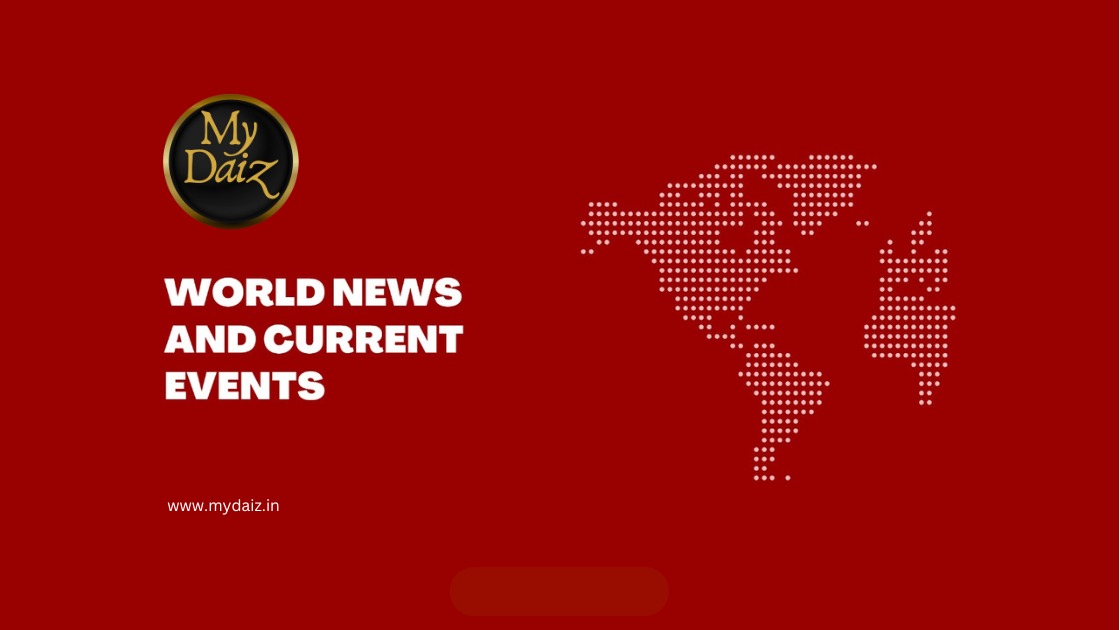In a newly released document on Friday, the White House confirmed revisions to the reciprocal tariffs introduced under the Trump administration, affecting at least 14 nations, including India. Notably, India’s tariff rate—previously stated as 26% during Trump’s April 2 “Liberation Day” announcement—was initially listed as 27% in an earlier annex. However, the most recent update has corrected it back to 26%.
A review by Bloomberg on Thursday highlighted discrepancies between the annex published by the White House and the visual charts shown during Trump’s public statement. For instance, South Korea’s rate was stated as 26% in the annex, rather than the 25% announced. Several other countries—Botswana, Cameroon, Malawi, Nicaragua, Norway, Pakistan, the Philippines, Serbia, South Africa, Thailand, Vanuatu, and the Falkland Islands—also showed inconsistencies in their tariff figures.
Under the executive order enforcing the new tariff policy, all U.S. trading partners are subject to a blanket 10% tariff starting April 5. However, nations listed in the annex are subject to elevated rates as specified.
Interestingly, some overseas territories of larger nations—such as Réunion, which originally had a steep 37% tariff—were not included in the final annex. Territories like Saint Pierre and Miquelon and Norfolk Island also remained excluded.
During his Rose Garden speech, President Trump underscored the tariff hike as a strategic move to combat persistent trade imbalances. He called out India for imposing high import duties on American goods and stressed the need to boost domestic manufacturing while reducing the U.S. trade deficit.
While acknowledging Indian Prime Minister Narendra Modi as a “valuable ally,” Trump voiced frustration over what he described as unfair treatment of U.S. trade interests by India.
Trump’s aversion to free trade isn’t new—it has been a cornerstone of his political ideology for over four decades, dominating his campaigns in 2016, 2020, and 2024. His broader goal? To eliminate bilateral trade deficits through a system of reciprocal tariffs ranging from 0% to 99%. According to Bloomberg, average tariff rates now hover around 20% (unweighted) and 41% (import-weighted). The U.S. has been running a current account deficit for nearly 50 years—an ongoing challenge to traditional trade theories that expect equilibrium over time.
India’s Response: Dialogue and Strategy
India’s Ministry of Commerce and Industry issued a statement on Thursday in response to the U.S.’s “Liberation Day” measures. The ministry emphasized its commitment to staying in close contact with U.S. officials and to engaging domestic stakeholders to understand the impact.
“In alignment with the vision of Viksit Bharat, the Department is in active dialogue with stakeholders, including Indian industry and exporters. We’re gathering input on how the tariffs might affect trade and are exploring potential opportunities arising from this shift in U.S. policy,” the ministry stated.







